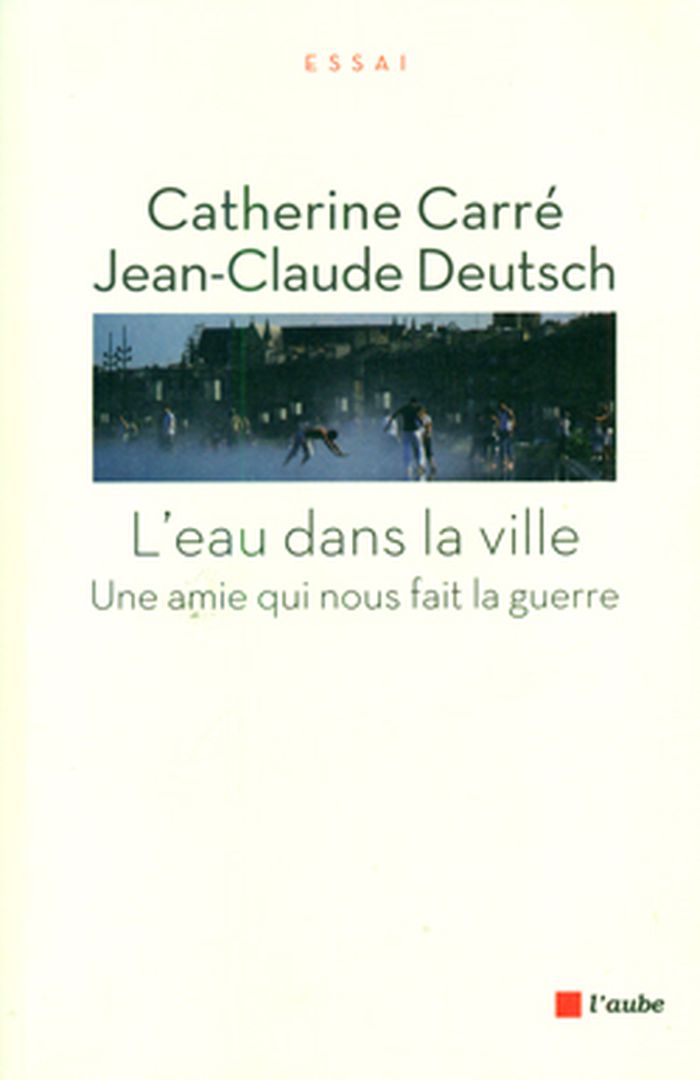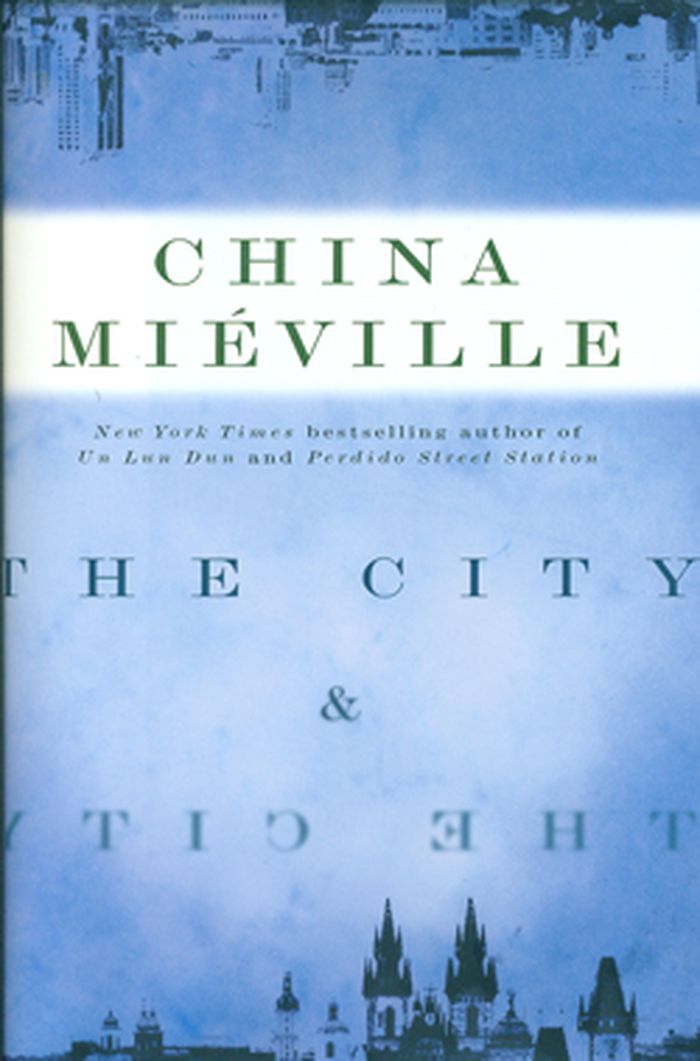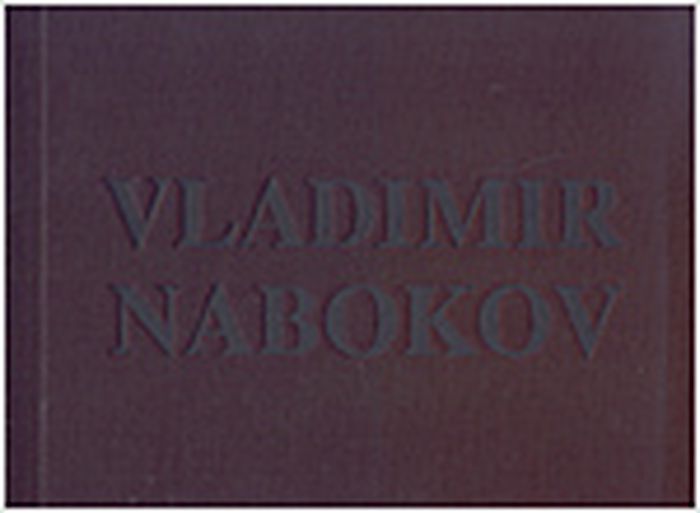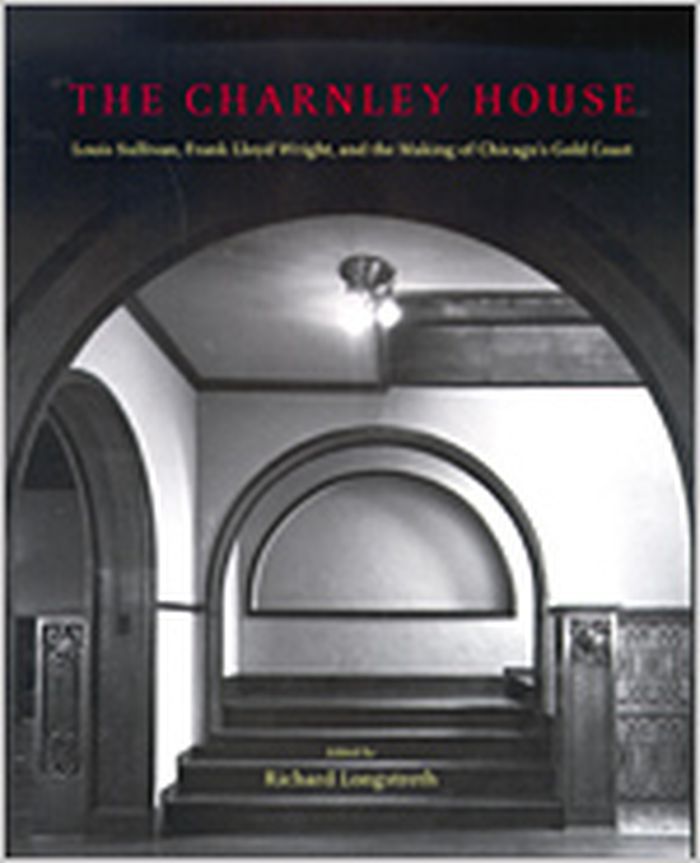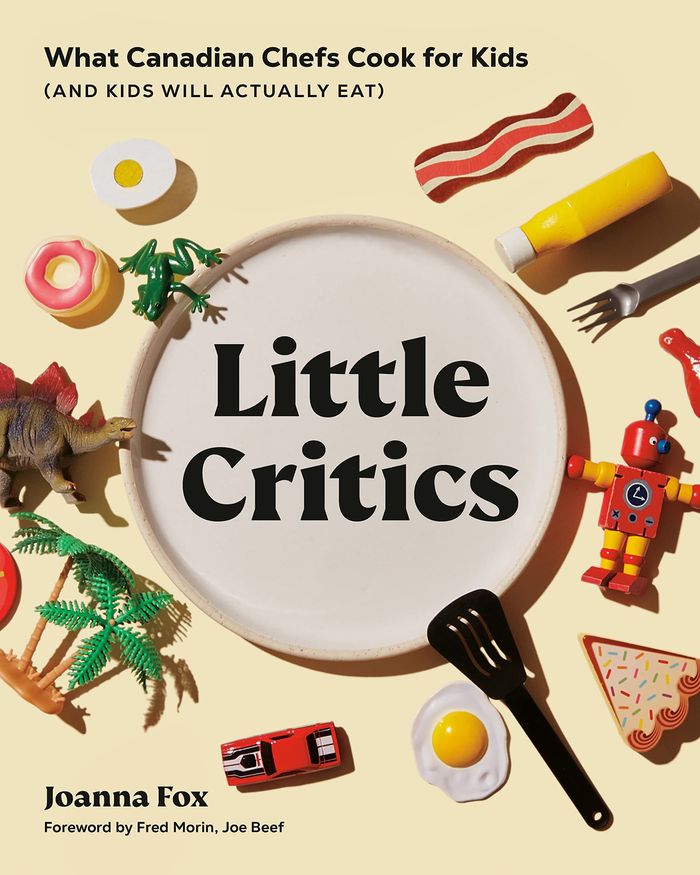books
Description:
234 pages : illustrations (some color) ; 29 cm
New York : E & FN Spon, 1998.
The Norman Foster studio : consistency through diversity / Malcolm Quantrill.
Actions:
Holdings:
Description:
234 pages : illustrations (some color) ; 29 cm
books
New York : E & FN Spon, 1998.
$47.95
(available to order)
Summary:
L’eau est vitale pour les hommes. Mais la montée en puissance des villes complique les relations entre l’eau et l’homme. Rareté de la ressource, risque d’inondation, problèmes technologiques… L’eau, bien public, doit-elle être gérée par le public ? Trustée par de grandes entreprises privées ? Quid de l’eau dans les pays du Sud ? La gestion urbaine de l’eau est au cœur(...)
L'eu dans la ville: une amie qui nous fait la guerre
Actions:
Price:
$47.95
(available to order)
Summary:
L’eau est vitale pour les hommes. Mais la montée en puissance des villes complique les relations entre l’eau et l’homme. Rareté de la ressource, risque d’inondation, problèmes technologiques… L’eau, bien public, doit-elle être gérée par le public ? Trustée par de grandes entreprises privées ? Quid de l’eau dans les pays du Sud ? La gestion urbaine de l’eau est au cœur de nombreux débats – nationaux et internationaux –, car l’eau est un enjeu majeur, aussi bien du point de vue de la préservation de l’environnement que du bon fonctionnement du milieu urbain. Un essai documenté, précis, sur une question centrale trop souvent ignorée, qui fait comprendre la complexité du sujet et expose clairement les enjeux.
Urban Theory
The city and the city
$30.00
(available to order)
Summary:
Author China Miéville delivers an existential thriller set in a city unlike any other – real or imagined. When a murdered woman is found in the city of Beszel, somewhere at the edge of Europe, it looks to be a routine case for Inspector Tyador Borlú of the Extreme Crime Squad. But as he investigates, the evidence points to conspiracies far stranger and more deadly than(...)
The city and the city
Actions:
Price:
$30.00
(available to order)
Summary:
Author China Miéville delivers an existential thriller set in a city unlike any other – real or imagined. When a murdered woman is found in the city of Beszel, somewhere at the edge of Europe, it looks to be a routine case for Inspector Tyador Borlú of the Extreme Crime Squad. But as he investigates, the evidence points to conspiracies far stranger and more deadly than anything he could have imagined. Borlú must travel from the decaying Beszel to the only metropolis on Earth as strange as his own. This is a border crossing like no other, a journey as psychic as it is physical, a shift in perception, a seeing of the unseen. His destination is Beszel’s equal, rival, and intimate neighbor, the rich and vibrant city of Ul Qoma. With Ul Qoman detective Qussim Dhatt, and struggling with his own transition, Borlú is enmeshed in a sordid underworld of rabid nationalists intent on destroying their neighboring city, and unificationists who dream of dissolving the two into one. As the detectives uncover the dead woman’s secrets, they begin to suspect a truth that could cost them and those they care about more than their lives. What stands against them are murderous powers in Beszel and in Ul Qoma: and, most terrifying of all, that which lies between these two cities. Casting shades of Kafka and Philip K. Dick, Raymond Chandler and 1984, "The City & the City" is a murder mystery taken to dazzling metaphysical and artistic heights.
Situationism
$31.50
(available to order)
Summary:
Vladimir Nabokov could hear color. As he described it – "perhaps “hearing” is not quite accurate, since the color sensation seems to be produced by the very act of my orally forming a given letter while I imagine its outline. The long a of the English alphabet . . . has for me the tint of weathered wood, but a French a evokes polished ebony. This black group also includes(...)
Graphic Designers, Monographs
October 2005, Corte Madera
Vladimir Nabokov : alphabet in color
Actions:
Price:
$31.50
(available to order)
Summary:
Vladimir Nabokov could hear color. As he described it – "perhaps “hearing” is not quite accurate, since the color sensation seems to be produced by the very act of my orally forming a given letter while I imagine its outline. The long a of the English alphabet . . . has for me the tint of weathered wood, but a French a evokes polished ebony. This black group also includes hard g (vulcanized rubber) and r (a sooty rag being ripped). Oatmeal n, noodle-limp l, and the ivory-backed hand mirror of o take care of the whites". For anyone who has ever wondered how the colors Nabokov heard might manifest themselves visually, "Alphabet in color" is a remarkable journey of discovery. Jean Holabird’s interpretation of the colored alphabets of one of the twentieth century’s literary greats is a revelation. Nabokov saw rich colors in letters and sounds and noted the deficiency of color in literature, praising Gogol as the first Russian writer to truly appreciate yellow and violet. This book masterfully brings to life the charming and vibrant synesthetic colored letters that until now existed only in Nabokov’s mind. In "Alphabet in color" Jean Holabird’s grasp of form and space blends perfectly with Nabokov’s idea that a subtle interaction exists between sound and shape. He saw q as browner than k, while s is not the light blue of c, but a curious mixture of azure and mother-of-pearl. . . . "Dull green, combined somehow with violet, is the best I can do for w".
Graphic Designers, Monographs
The Charnley house : Louis Sullivan, Frank Lloyd Wright, and the making of Chicago's Gold Coast
$71.95
(available to order)
Summary:
Situated in Chicago's famed Gold Coast, just north of the Magnificent Mile, the Charnley house is one of the finest dwellings in the city and considered worldwide to be a stunning example of avant-garde architecture. Now the headquarters of the Society of Architectural Historians and designated a National Historic Landmark in 1998, the house was built in 1892 at a(...)
The Charnley house : Louis Sullivan, Frank Lloyd Wright, and the making of Chicago's Gold Coast
Actions:
Price:
$71.95
(available to order)
Summary:
Situated in Chicago's famed Gold Coast, just north of the Magnificent Mile, the Charnley house is one of the finest dwellings in the city and considered worldwide to be a stunning example of avant-garde architecture. Now the headquarters of the Society of Architectural Historians and designated a National Historic Landmark in 1998, the house was built in 1892 at a critical moment in urban and architectural history. "The Charnley House" is the first authoritative publication on the building, which has long been discussed in surveys but never before examined in detail. In this collection of original essays, six well-known architectural historians illuminate various aspects of the house, both inside and out, as they consider its remarkable formal and spatial qualities, its historical significance in the development of Chicago's elite residential neighborhood, and its place in the context of American domestic architecture. Equally important, the contributors tackle the knotty, decades-old issue concerning the building's designer. While many have ascribed the scheme to Frank Lloyd Wright, Louis Sullivan's chief assistant at the time, this book sheds new light on how the house relates significantly to the work of both master and apprentice. The continuing debate over the house's "authorship" highlights the importance of the Charnley house in the history of modern architecture as the seminal work of residential design in the United States. These thoroughly researched interpretations, supplemented by an abundance of never before published illustrations, analyze this house of distinction with the care and detail it deserves. Beautifully restored in late 1980s, the Charnley house now has a book worthy of it.
Architecture Monographs
$42.00
(available in store)
Summary:
When is the digital in architecture? What are the conditions that led architects to integrate digital tools into their practices? Over the course of the Archaeology of the Digital research program, the CCA has collected the archival records of twenty-five projects realized between the late 1980s and the early 2000s in order to understand this moment as a point of origin(...)
When is the digital in architecture?
Actions:
Price:
$42.00
(available in store)
Summary:
When is the digital in architecture? What are the conditions that led architects to integrate digital tools into their practices? Over the course of the Archaeology of the Digital research program, the CCA has collected the archival records of twenty-five projects realized between the late 1980s and the early 2000s in order to understand this moment as a point of origin for the digital. But if we take care to identify the digital as a condition that is made possible by the conceptual foundations of digital media and not necessarily by digital media itself, the boundaries of the digital moment—when it began and under what circumstances—become less clear. There are eight million stories of the origins of the digital in architecture, and this book brings together fourteen of them in a chronology of responses to the question of when the digital is in architecture. The arguments address specific changes in ways of thinking about architecture, building, and cities, as well as the shifts in technology that resulted from these changes, marking both a capstone to Archaeology of the Digital and the beginning of an investigation of other beginnings of the digital in architecture. Asking a question like When is the digital in architecture? can produce eight million stories in response, and eight million digressions and redirections that narrow in focus and change geographies, producing a Tristram Shandy of the digital as the CCA continues to build its digital archive and makes it increasingly accessible to researchers. If this novel of digressions is distributed across future research projects and extended with studies of new archival material, so much the better for the reader, in our opinion.
CCA Publications
$35.00
(available to order)
Summary:
Feeding kids can often feel like climbing a mountain, and sometimes like an endless series of rejections and failures. With picky eating preferences changing at every turn, meals that were a mainstay one week are inexplicably pushed aside when they hit the table the next. Because kids don't care about what they're serving at the new It Restaurant, the food fads of the(...)
Little critics: What Canadian chefs cook for kids (and kids will actually eat)
Actions:
Price:
$35.00
(available to order)
Summary:
Feeding kids can often feel like climbing a mountain, and sometimes like an endless series of rejections and failures. With picky eating preferences changing at every turn, meals that were a mainstay one week are inexplicably pushed aside when they hit the table the next. Because kids don't care about what they're serving at the new It Restaurant, the food fads of the year or how long you spend in the kitchen—either they like what they're eating ... or they’ll let you know about it! But surely chefs, with all of their accolades, awards and years of experience don't go through this too ... do they? What food writer Joanna Fox discovered might surprise you. It turns out we’re all in the same boat, even Canada’s top culinary professionals from coast to coast. Inside ''Little critics'', you'll find out how our top chefs please even the most suspicious, judgmental or fastidious of early eaters, with recipes including Jeremy Charles’s go-to stew, Suzanne Barr’s Cauliflower Cheese Bake, Susur Lee’s favourite childhood chicken, Danny Smiles’s Italian family dinner, Dyan Solomon’s Green Hulk Risotto, Vikram Vij’s Butter Chicken Schnitzel, Ryusuke Nakagawa’s Cheesy Chicken Katsu, Billy Alexander’s Frybread Stuffed Pizza, Chuck Hughes’s Pappardelle Pesto and Michael Smith’s showstopper pancakes, Tara O’Brady’s hearty Oatmeal Waffles, and Anna Olson’s Gourmet Goo Skillet Brownies. ''Little critics'' is chock-full of ideas for every kind of meal, with easy-to-follow recipes for breakfast and brunch; vegetarian, fish and meat mains; soups, snacks and sides; and desserts and drinks too. With food this good, even the adults will be asking for more.
Food
books
Description:
87 pages : illustrations (chiefly color), charts, plans, portraits ; 24 cm + 1 insert (24 x 15 cm)
Paris : Building Books Editions, [2020], ©2020
Faire place, à la Madeleine = Place-making at the Madeleine / h2o architectes.
Actions:
Holdings:
Description:
87 pages : illustrations (chiefly color), charts, plans, portraits ; 24 cm + 1 insert (24 x 15 cm)
books
Paris : Building Books Editions, [2020], ©2020
books
Description:
92 pages : illustrations ; 28 cm
New Orleans, La. : Harmanson, 1941, ©1938 (New Orleans, La. : Vieux Carré Printery)
Patios, stairways and iron-lace balconies of old New Orleans / a series of photographs by Eugene A. Delcroix, with an introduction by Stanley Clisby Arthur.
Actions:
Holdings:
Description:
92 pages : illustrations ; 28 cm
books
New Orleans, La. : Harmanson, 1941, ©1938 (New Orleans, La. : Vieux Carré Printery)
e-flux index #3
$65.00
(available in store)
Summary:
Today we are accustomed to the apophatic gesture of free-speech fundamentalists and far-right demagogues, who use the flimsy legal cover of “just asking questions” to broadcast ever more widely the most violent and reactionary forms of hate speech. In resisting this enclosure of thought, art and theory continue to be instructive, if not essential activities. The late(...)
e-flux index #3
Actions:
Price:
$65.00
(available in store)
Summary:
Today we are accustomed to the apophatic gesture of free-speech fundamentalists and far-right demagogues, who use the flimsy legal cover of “just asking questions” to broadcast ever more widely the most violent and reactionary forms of hate speech. In resisting this enclosure of thought, art and theory continue to be instructive, if not essential activities. The late Lawrence Weiner memorably declared that “the purpose of art is to ask questions… it doesn’t answer anybody’s question but gives them the means to answer a particular question at a particular moment.” All the better when those questions can provoke a certain illuminating friction with the contradictions of one’s environment and disrupt the automaticity of one’s learned responses, remaining themselves ambiguous or unanswered—because unanswerable. This third issue of e-flux Index, bringing together all the content commissioned and published by e-flux between April and May 2024, contains many such unexpected and unanswered (or unanswerable) questions across its 76 contributions, each of which cut across and reach beyond existing disciplines and borders: “Who is willing to care?”; “Who is the addressee at the end of the regulated pipelines of the English language?”; “Yes, but is it edible?”; “Why does everyone hate college students?”; “Is some form of suffering the condition for the emergence of an organic type of intelligence?”; “What does it mean to make a film today, in 2024, when most of our image consumption has been transferred to other (smaller) screens and other media?; “How to represent history?”; “Whose lives are worth remembering—or even, living?”; “How is it possible to speak the language of imperial renaissance and decolonization in the same breath?”; “Today is which day of the revolution?”—“Are these all just notes for a poem?”
Magazines
